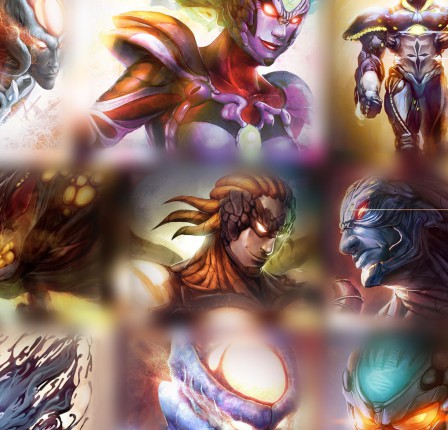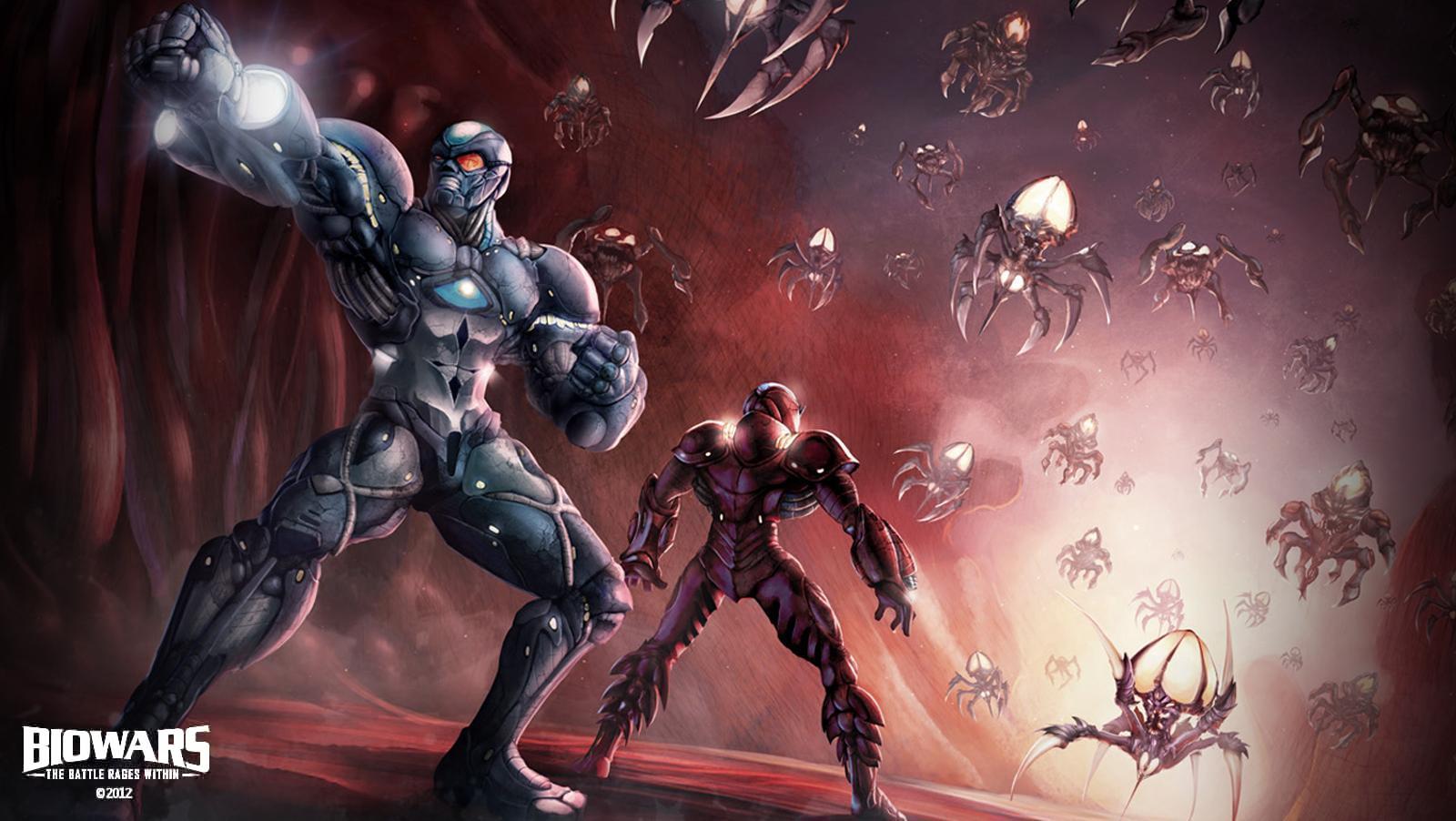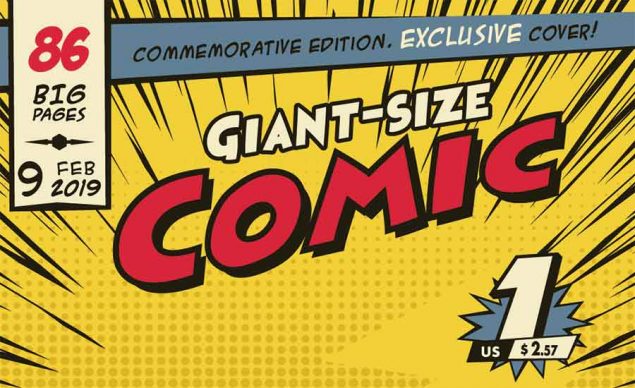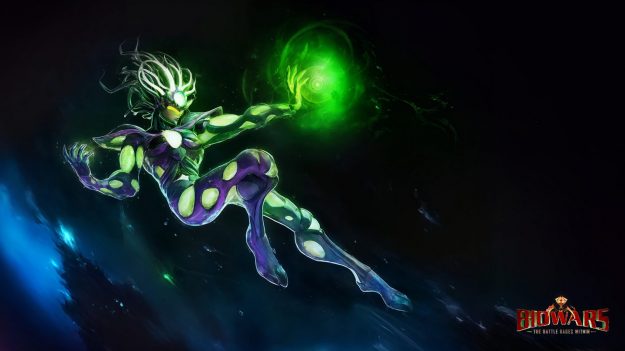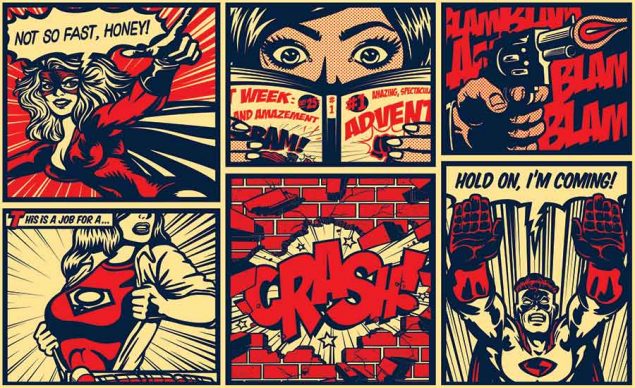Related Resources
By Divya Chandran
The comic book has morphed over the tides of time. If a comic strip is defined as a sequence of individual scenes depicting a story, then the symbols etched into cave walls are really the genesis of Superman and the crowd.
In the past two hundred years, art styles, themes, and distribution methods have drastically changed. According to comic book historians, the first American comic book prototype titled The Adventures of Obadiah Oldbuck circulated as a hardcover novel in 1842. Fast-forward almost a century: Superman made his mark as the first prominent superhero in 1938. As printing moved toward softcover and production costs reduced, comic books became a main channel for entertainment and imagination. The 1960s through the 1980s ushered in an era of the superheroes we know now: Spider-man, the Fantastic Four, Green Lantern, Green Arrow, and Batman continue to save the day in 2013.
Yet again, distribution methods have changed gears. And just like our superheroes, comic books have evolved to thrive in the new environment. Digital comic books refer to comics that are developed using computer tools and as comic books that are distributed digitally.
Marvel entered unchartered territory in 2007 with its launch of Marvel Digital Comics Unlimited, which is now a vault of many Marvel legacy comic books along with exclusive digital releases. With the advent of smartphones, tablets, and intuitive publication interfaces, many independent publishers are releasing comic books with rich media and compelling stories. The advent of the digital comic book only makes the worlds of superheroes infinite.
Biowars digital comics is launching in September 2013. Sign up on the main page ticker to join our community and receive exclusive updates!
